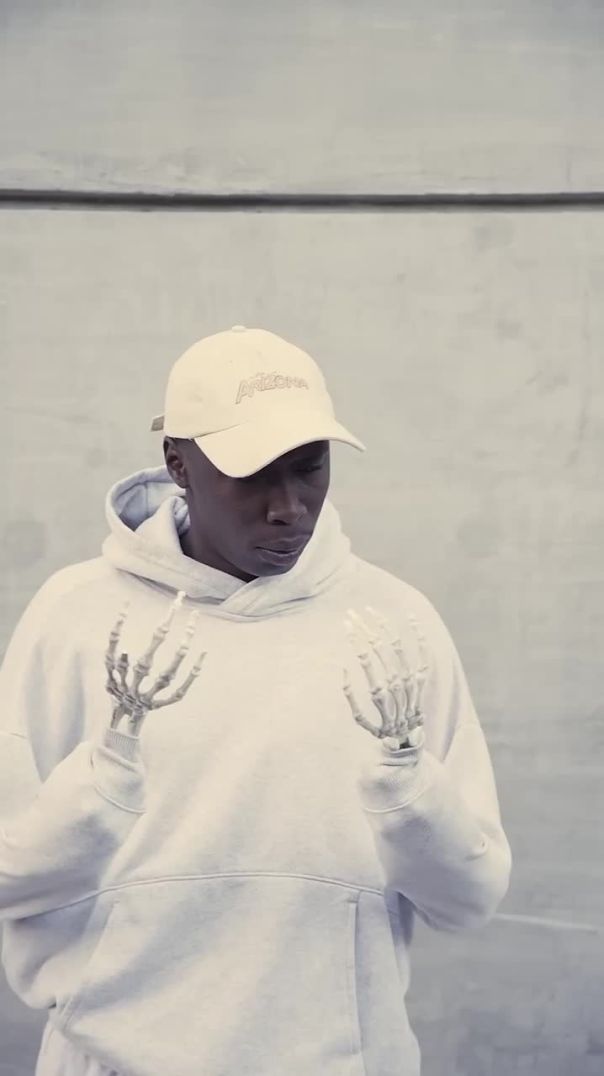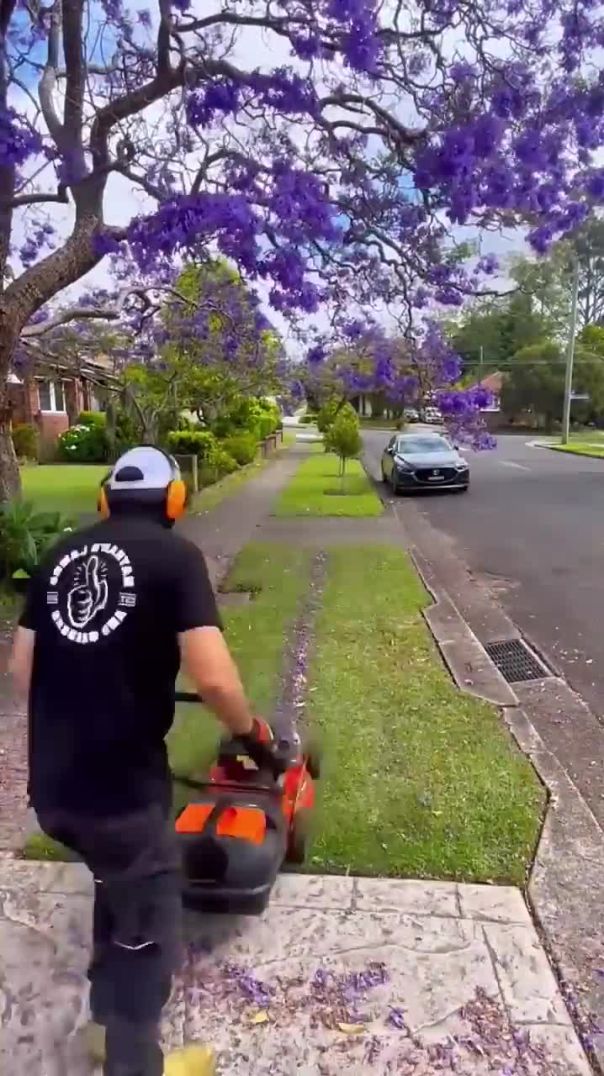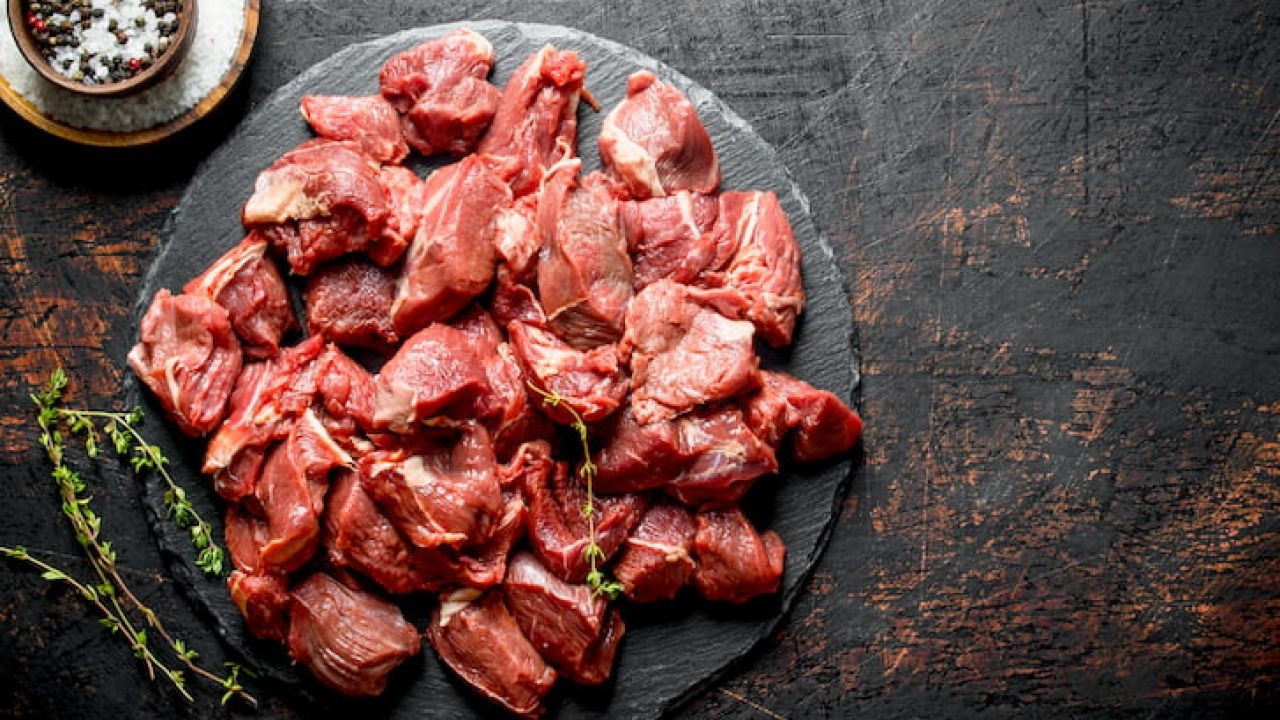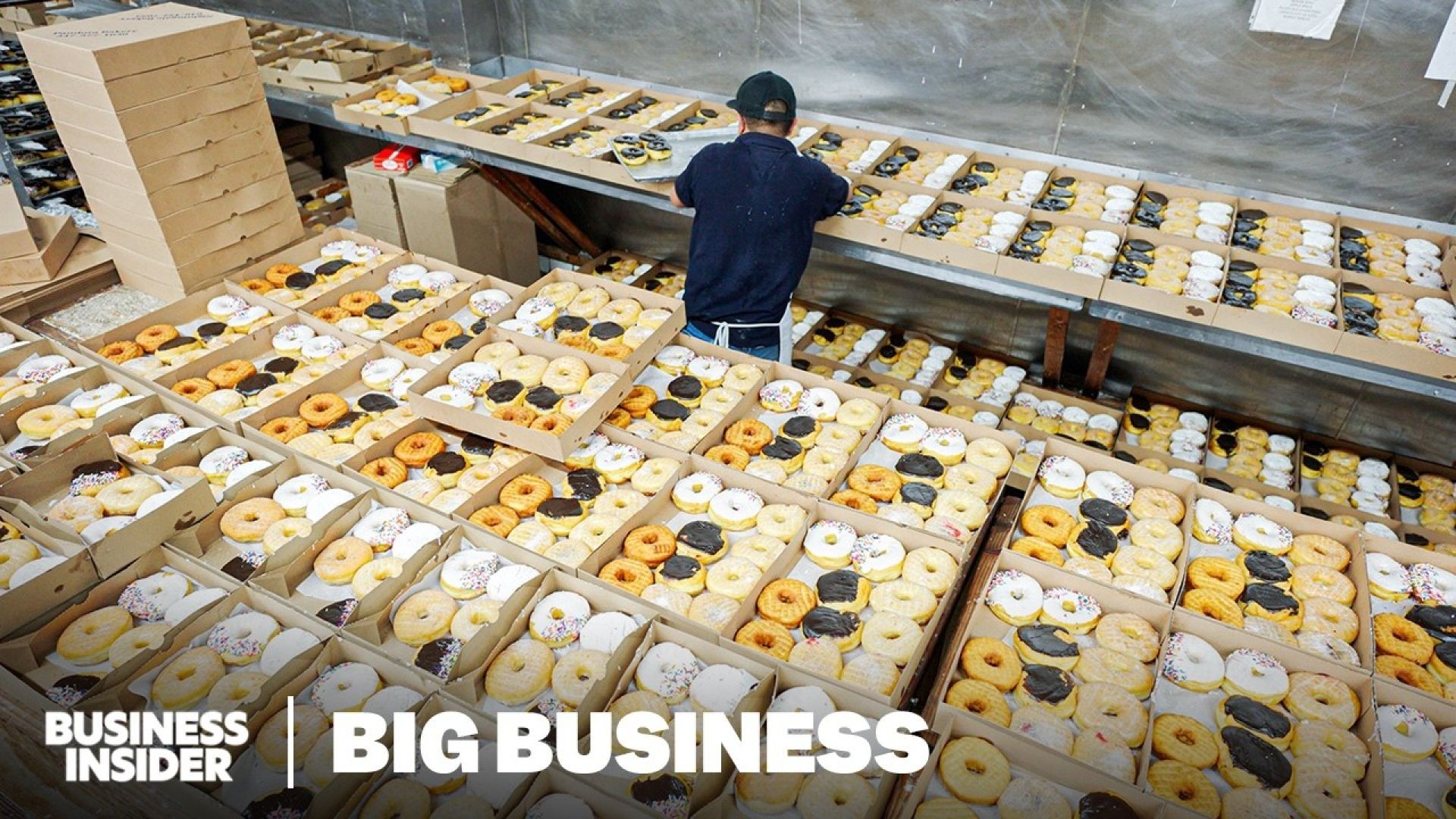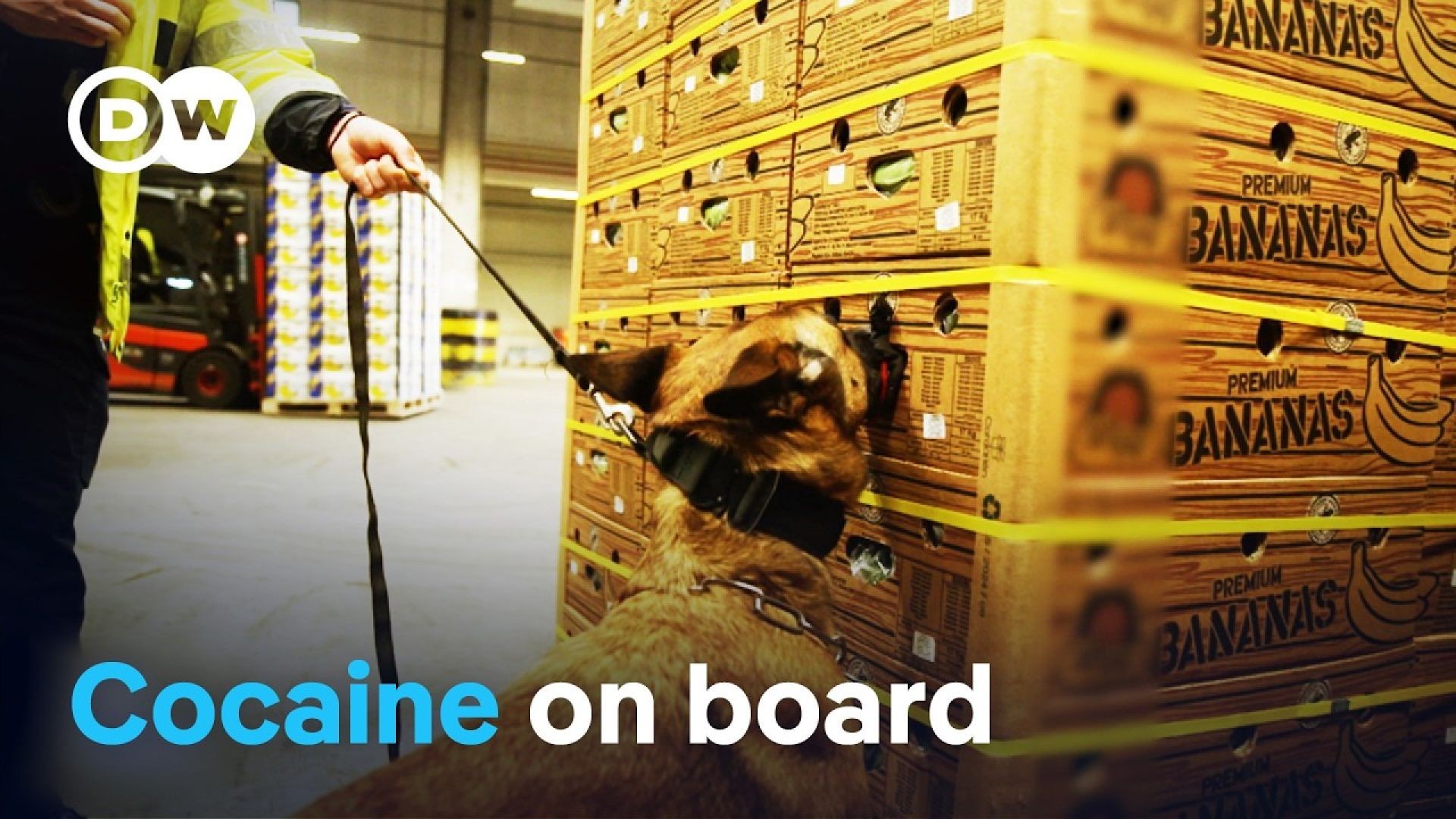In the ever-evolving world of beverage preferences, a fascinating trend has emerged that sees many beer drinkers in Australia turning their attention to whiskey. Known for its depth of flavor and cultural cachet, whiskey is gaining traction among Australians, who are increasingly appreciating its complexity and variety. This shift is not just a matter of personal taste; it intertwines with broader economic, cultural, and industry trends that make it a compelling topic for exploration.
Understanding the Shift: From Barrels to Bottles
The transition from beer to whiskey is more than a mere change in drink choice; it’s reflective of a growing desire for premium experiences. Australians, known for their love of quality products, are finding whiskey a more sophisticated and versatile option that complements both casual and formal occasions. According to the Australian Bureau of Statistics, the spirits market, including whiskey, has seen a significant increase in sales volume, with a 15% rise in the past year alone. This surge indicates a shift in consumer preferences, driven by various factors including the rise of craft distilleries and a growing interest in artisanal products.
Economic Factors Fueling the Whiskey Trend
The economic landscape in Australia plays a crucial role in this transition. Recently, the Reserve Bank of Australia reported a steady increase in disposable income, which has enabled consumers to explore higher-priced spirits like whiskey. This increase in spending power, paired with a cultural shift towards experiencing rather than acquiring, has driven the demand for premium whiskey brands. Additionally, the Australian Taxation Office’s excise policy on spirits has prompted breweries to diversify their offerings, including producing whiskey as a strategic move to capitalize on this growing market.
Case Study: From Beer to Whiskey – An Australian Distillery’s Journey
Case Study: Lark Distillery – Embracing the Whiskey Wave
Problem: Lark Distillery, a pioneer in the Australian whiskey industry, initially focused on beer production but faced challenges in differentiating itself in a saturated beer market. The company struggled with declining sales and needed a new strategy to rejuvenate its brand.
Action: Recognizing the rising interest in whiskey, Lark Distillery shifted its focus from beer to whiskey production. They invested in sourcing high-quality ingredients and developed a unique range of whiskeys that highlighted local Tasmanian flavors. The company also expanded its visitor experiences, offering tours and tastings to engage consumers directly.
Result: Within two years, Lark Distillery saw a remarkable turnaround. Their annual whiskey sales increased by 40%, and they received numerous awards for their innovative products. This success story underscores the potential for breweries to pivot towards whiskey production, tapping into new markets and consumer trends.
Takeaway: The Lark Distillery case illustrates the benefits of adapting to market demands and highlights whiskey's potential as a lucrative venture. Australian businesses can draw inspiration from this example to explore new market opportunities and innovate within their industries.
Pros and Cons: Why Whiskey Appeals to Beer Drinkers
Pros:
- Variety and Complexity: Whiskey offers a wide range of flavors and aging processes, appealing to consumers seeking a richer tasting experience.
- Perceived Prestige: Whiskey is often associated with sophistication, attracting consumers who desire status and exclusivity.
- Versatility: Whiskey can be enjoyed neat, on the rocks, or as part of a cocktail, providing flexibility for different occasions.
Cons:
- Higher Price Point: Quality whiskey often comes at a premium, which may deter budget-conscious consumers.
- Flavor Acclimatization: Beer drinkers may need time to adjust to whiskey's stronger flavors and higher alcohol content.
- Acquired Taste: Whiskey's complexity can be overwhelming for those accustomed to the simpler profile of beer.
Myths and Misconceptions About Whiskey Consumption
- Myth: "Whiskey is only for special occasions." Reality: Whiskey's versatility makes it suitable for everyday enjoyment, not just special events.
- Myth: "Whiskey is too expensive compared to beer." Reality: While premium whiskey can be pricey, there are affordable options that offer great quality.
- Myth: "Whiskey is an old man's drink." Reality: Whiskey is popular among diverse age groups, with younger consumers showing increasing interest.
Future Trends and Predictions
As whiskey continues to carve out its niche in the Australian market, several trends are likely to shape its future. According to projections by IBISWorld, the Australian whiskey market is expected to grow by 8% annually over the next five years, driven by consumer demand for premium and craft spirits. Additionally, the rise of whiskey bars and clubs will further cement whiskey's place within Australian culture, offering consumers a communal space to explore and enjoy different varieties.
Conclusion: The Whiskey Revolution in Australia
In summary, the shift from beer to whiskey among Australian consumers is a reflection of broader cultural and economic trends. With increased disposable income, a desire for premium experiences, and innovative local distilleries leading the charge, whiskey is poised to become a staple in Australia's beverage landscape. As businesses adapt to these changes, they can capitalize on the growing demand for whiskey by diversifying their offerings and creating engaging consumer experiences.
For property investment specialists, understanding these consumer trends can offer valuable insights into market opportunities, particularly in sectors related to hospitality and retail. As whiskey's popularity continues to rise, investment in whiskey-related ventures could prove lucrative. What strategies are you considering to leverage these emerging trends? Share your thoughts and insights below!
People Also Ask
- How does the trend of drinking whiskey impact businesses in Australia? The shift to whiskey consumption offers new opportunities for distilleries and bars to cater to a growing market segment, potentially increasing revenue.
- What are the biggest misconceptions about whiskey? A common myth is that whiskey is only for special occasions, but it is versatile enough for daily enjoyment.
Related Search Queries
- Whiskey consumption trends in Australia
- Craft whiskey distilleries in Australia
- Beer vs. whiskey market analysis
- Australian spirits market growth
- Whiskey tasting experiences in Australia



